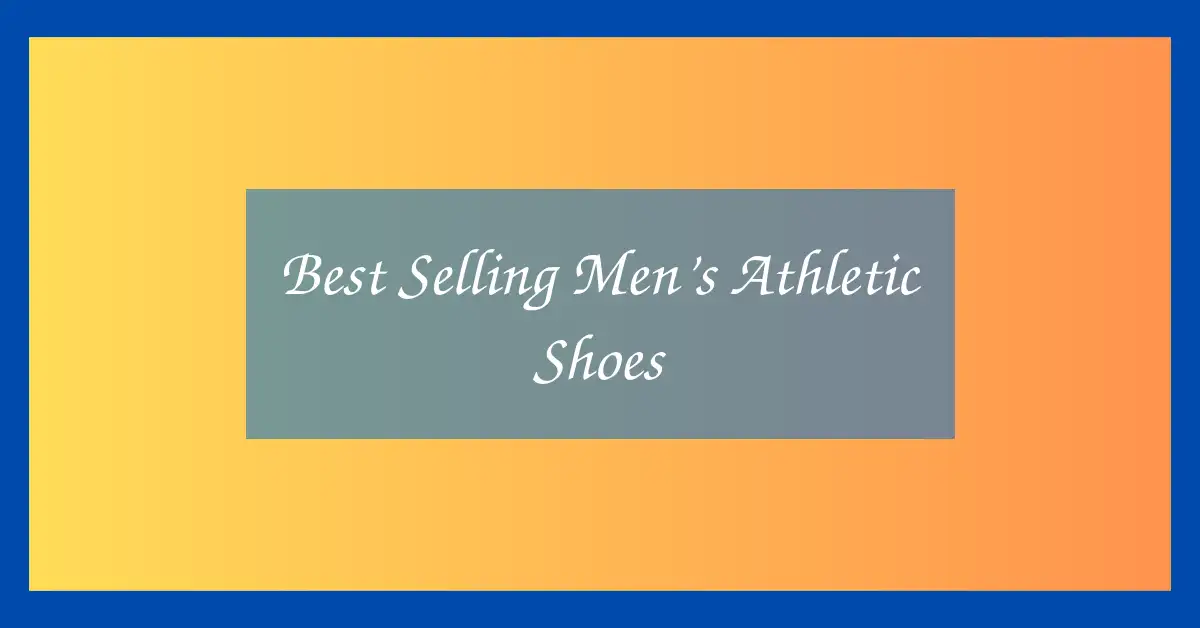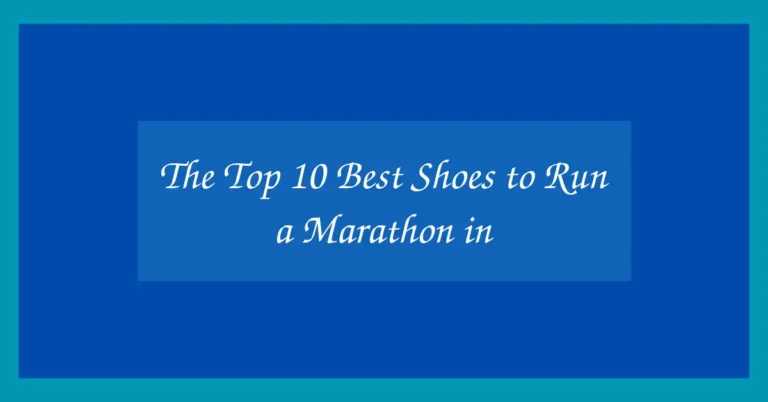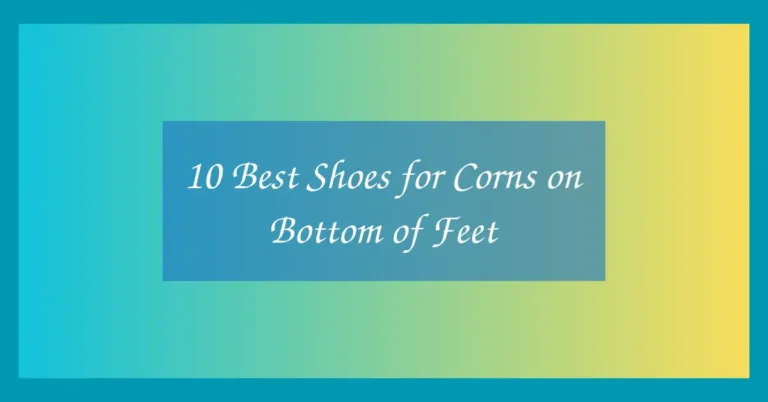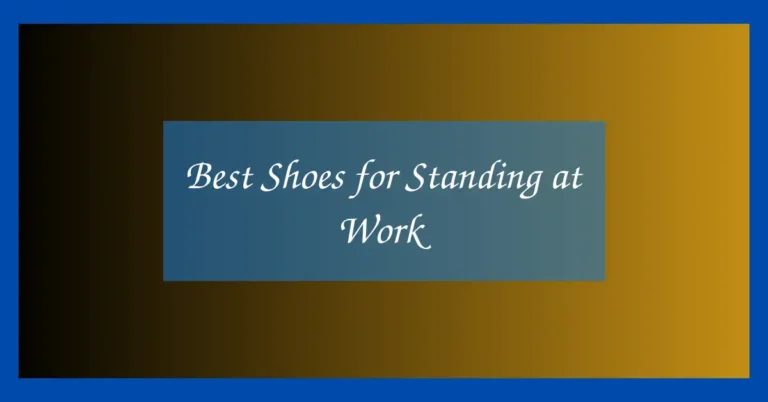Best Selling Men’s Athletic Shoes
Athletic shoes have become an essential part of every modern man’s wardrobe, whether you’re a runner, gym enthusiast, or someone seeking all-day comfort. The best selling men’s athletic shoes are designed with top-notch technology and style, catering to performance, durability, and aesthetics.
From world-renowned brands to new market disruptors, the current market offers a wide range of athletic shoes engineered for different needs. In this guide, we’ve thoroughly reviewed the most popular models to help you find a perfect match for your activity level and foot type.
Top 10 Best Selling Men’s Athletic Shoes Reviewed
1. Nike Air Zoom Pegasus 40
The Nike Air Zoom Pegasus 40 continues the legacy of Nike’s iconic running line with notable improvements in cushioning and fit. Designed for runners of all levels, this shoe combines responsiveness with a sleek, modern design. It features dual Zoom Air units in the forefoot and heel, offering optimal shock absorption and energy return.
The midsole uses Nike React foam, providing a cushioned yet firm ride, perfect for both short jogs and long-distance runs. The upper is made from engineered mesh for breathability, and the Flywire cables offer a snug, locked-in feel. Its updated collar and tongue give extra comfort, especially during prolonged use.
Overall, the Pegasus 40 is a reliable daily trainer that strikes a perfect balance between comfort, support, and versatility. Whether you’re doing tempo runs or casual walks, this shoe delivers consistent performance and long-lasting comfort.
Pros
- Excellent cushioning with React foam
- Breathable and secure fit
- Ideal for everyday training
Cons
- May feel firm for those preferring plush shoes
- Narrow fit for wide feet
2. Adidas Ultraboost Light
The Adidas Ultraboost Light elevates the iconic Ultraboost line with a lighter midsole and improved energy return. This model features the latest Light BOOST foam, which is 30% lighter than the original while maintaining impressive responsiveness. It delivers a springy, cushioned ride ideal for daily wear and light training.
The shoe’s Primeknit+ upper ensures adaptive support and flexibility, hugging the foot for a sock-like fit. It also incorporates a Linear Energy Push system in the outsole for added propulsion during toe-off. Traction is excellent thanks to the Continental rubber outsole, even on wet surfaces.
Comfort is at the forefront with this model, making it ideal for runners who value softness and style. It’s also popular as a lifestyle shoe due to its sleek design and wide color variety.
Pros
- Lightweight BOOST midsole
- Premium knit upper for comfort
- Excellent grip with Continental outsole
3. ASICS Gel-Kayano 30
The ASICS Gel-Kayano 30 is a top choice for runners needing stability without compromising comfort. It boasts the 4D Guidance System which adapts to your stride and supports overpronation. This system makes it a favorite among those with flat feet or who need extra support during long runs.
The shoe features FF BLAST™ PLUS ECO cushioning, giving a soft yet stable feel underfoot. Its GEL™ technology in the heel absorbs impact effectively, and the engineered mesh upper keeps the foot cool. The Ortholite X-55 sockliner enhances step-in comfort from the first wear.
This model strikes a perfect balance between support and plushness, making it suitable for everything from marathon training to casual wear. ASICS continues to lead the way in motion-control footwear with the Kayano series.
Pros
- Excellent stability features
- Soft and eco-friendly cushioning
- Great for overpronators
Cons
- Heavier than neutral running shoes
- Less suited for speed work
4. Brooks Ghost 15
The Brooks Ghost 15 is a reliable neutral trainer built for smooth and cushioned runs. Featuring the DNA LOFT v2 midsole, it offers a softer and lighter ride compared to its predecessors. This makes it great for runners who prefer comfort over responsiveness.
The engineered mesh upper provides structured breathability, while the 3D Fit Print ensures a secure, personalized fit. Its Segmented Crash Pad design enables smooth transitions from heel to toe. This model excels at daily mileage and recovery runs, offering unmatched comfort over long distances.
Runners appreciate the Ghost series for its dependable feel, and the 15th version improves slightly without changing the core experience. It’s ideal for beginners and experienced runners alike who want a no-fuss, high-quality shoe.
Pros
- Plush, cushioned ride
- Comfortable for long runs
- Durable and breathable upper
Cons
- Lacks energy return for speed
- Not designed for technical terrain
5. New Balance Fresh Foam X 1080v13
The New Balance Fresh Foam X 1080v13 offers maximum comfort with a plush ride and modern styling. It features the latest Fresh Foam X midsole, engineered for ultra-soft landings and smoother transitions. This shoe is a top pick for runners looking for comfort during long runs or extended wear.
The Hypoknit upper adapts to the foot’s natural movement, while the wider platform provides added stability. The shoe’s design includes a rocker profile that supports a more efficient stride. Despite the softness, it maintains enough structure for light training or all-day use.
The 1080v13 stands out as a premium daily trainer that blends comfort, aesthetics, and performance. It’s especially popular among casual runners, walkers, and those who spend long hours on their feet.
Pros
- Ultra-cushioned midsole
- Stretchy, breathable upper
- Wide base for added support
Cons
- May feel bulky for faster runs
- Heel fit may feel loose to some
6. HOKA Clifton 9
The HOKA Clifton 9 is a lightweight and cushioned daily trainer known for its signature maximalist design. It features a full-length CMEVA midsole that offers plush cushioning without unnecessary weight. This version is slightly lighter than the previous Clifton 8 while delivering an even smoother ride.
The breathable engineered knit upper provides a snug and flexible fit, and the early-stage Meta-Rocker design enhances stride efficiency. A new extended heel crash pad ensures softer landings, particularly useful during long-distance runs or all-day wear. The outsole rubber is strategically placed to reduce weight while maintaining durability.
This shoe is ideal for runners seeking maximum comfort during easy miles, recovery runs, or walking. It’s a strong option for those with joint concerns or anyone who appreciates a soft, stable ride.
Pros
- Superb cushioning with Meta-Rocker for smooth transitions
- Lightweight for a maximalist shoe
- Breathable and flexible upper
Cons
- Less responsive for fast workouts
- Fit may be too roomy for narrow feet
7. Saucony Endorphin Speed 3
The Saucony Endorphin Speed 3 is a performance trainer designed for runners who want both speed and comfort. It features a full-length PWRRUNPB foam midsole with a nylon plate that adds spring without the stiffness of carbon. This combo makes it great for tempo runs, intervals, and even race days.
The FORMFIT upper adapts to foot shape and keeps things breathable and secure. With its wider base and improved plate geometry, this version enhances stability while preserving a natural ride feel. Saucony’s SPEEDROLL technology promotes a forward-propelling motion with minimal effort.
It strikes a rare balance between high performance and versatility, allowing runners to train fast while staying comfortable. Whether you’re pushing for a PR or just want a lightweight trainer with some pep, the Endorphin Speed 3 delivers.
Pros
- Responsive PWRRUNPB cushioning
- Versatile enough for both training and racing
- Secure and breathable upper
Cons
- Nylon plate may feel odd for heel strikers
- Less cushioning than traditional trainers
8. Under Armour HOVR Phantom 3
The Under Armour HOVR Phantom 3 brings a tech-forward design with cushioning and connectivity in mind. It features UA’s proprietary HOVR foam wrapped in Energy Web mesh, offering consistent energy return and impact protection. The shoe is optimized for both gym workouts and urban runs.
The Warp upper material provides breathable lockdown and stretches as needed, ensuring both support and comfort. A standout feature is its Bluetooth capability, allowing you to connect to UA MapMyRun for real-time metrics and coaching. This makes it a great pick for data-driven athletes.
The HOVR Phantom 3 combines sporty performance with a streetwear-inspired look. It’s ideal for runners who value connectivity and want a hybrid shoe for performance and style.
Pros
- UA HOVR cushioning for smooth impact
- Smart tech integration with MapMyRun
- Stylish design with performance support
Cons
- Heavier than other speed-focused shoes
- May feel bulky for minimalist runners
9. Reebok Nano X3
The Reebok Nano X3 is engineered for cross-training, combining the durability needed for weightlifting with flexibility for cardio workouts. Its standout feature is the Lift and Run Chassis system, which adapts to both lifting stability and running flexibility. This makes it a great all-around athletic shoe.
With a Flexweave woven upper, the Nano X3 offers a breathable yet tough outer shell that withstands intense training. It also incorporates Floatride Energy Foam in the forefoot for added responsiveness. The redesigned heel clip adds structure during lifts, ensuring a locked-in fit.
This model excels in versatility, making it suitable for HIIT, gym workouts, short runs, and functional training. Athletes who prefer an all-in-one shoe will appreciate the balanced performance it offers.
Pros
- Dual-function Lift and Run Chassis
- Durable and breathable upper
- Good for both lifting and cardio
Cons
- Not ideal for long-distance running
- Fit may feel stiff initially
10. On Cloudswift 3
The On Cloudswift 3 blends urban style with high-performance features, making it a strong contender for city runners. It features On’s signature Helion superfoam and CloudTec cushioning for soft landings and energized takeoffs. The rocker sole encourages a forward-rolling motion that supports efficient stride mechanics.
With an engineered mesh upper, the Cloudswift 3 offers a breathable and snug fit while keeping weight down. It’s designed for hard surfaces like pavement and concrete, and the Speedboard plate enhances propulsion during faster runs. A reinforced midfoot cage improves lockdown without compromising flexibility.
Perfect for urban athletes and commuters, the Cloudswift 3 stands out for its modern aesthetic and responsive feel. It’s a reliable choice for daily runs, walks, or casual wear with performance benefits baked in.
Pros
- Helion foam for impact absorption
- Great for city running on hard surfaces
- Sleek design suitable for everyday wear
Cons
- Less suited for trail or uneven terrain
- Limited arch support for flat feet
| Product Name | Best For | Key Feature | Cushion Type | Upper Material |
|---|---|---|---|---|
| Nike Air Zoom Pegasus 40 | Daily training | Zoom Air units | Balanced | Engineered mesh |
| Adidas Ultraboost Light | Comfort + style | Light BOOST foam | Soft + responsive | Primeknit+ |
| ASICS Gel-Kayano 30 | Stability | 4D Guidance System | Supportive | Engineered mesh |
| Brooks Ghost 15 | Cushioned runs | DNA LOFT v2 | Soft | 3D Fit Print mesh |
| New Balance 1080v13 | Long-distance comfort | Fresh Foam X | Ultra-soft | Hypoknit |
| HOKA Clifton 9 | Recovery runs | Meta-Rocker | Maximal cushion | Engineered knit |
| Saucony Endorphin Speed 3 | Speed workouts | Nylon plate | Responsive | FORMFIT |
| UA HOVR Phantom 3 | Tech-driven training | Bluetooth tracking | Balanced | Warp knit |
| Reebok Nano X3 | Cross-training | Lift + Run Chassis | Stable | Flexweave knit |
| On Cloudswift 3 | Urban running | Speedboard | Light + firm | Engineered mesh |
Best Selling Men’s Athletic Shoes: Buying Guide
Understand Your Foot Type
Knowing whether you have neutral arches, flat feet, or high arches is critical in choosing the right athletic shoe. Shoes designed for stability or motion control are better for overpronators, while neutral shoes are suited for those with normal gait patterns. Getting a gait analysis can help narrow down your ideal shoe type and prevent injury.
Activity-Specific Design
Different athletic shoes serve different purposes running, cross-training, walking, and lifting all have specific needs. For example, running shoes focus on forward motion and cushioning, while cross-trainers emphasize side-to-side stability. Consider how and where you’ll use the shoes most to choose the best design features accordingly.
Cushioning and Comfort
Cushioning levels vary greatly between models and brands. Maximalist shoes like HOKA offer plush cushioning for long distances or joint issues, while performance trainers like the Endorphin Speed 3 focus on responsiveness. Try to match the cushioning level with your preference and workout intensity.
Fit and Upper Material
A snug, secure fit can prevent blisters and enhance your performance. Breathable uppers like engineered mesh or knit materials conform well to your foot, while overlays and heel counters add structure. Make sure there’s a thumb’s width of space at the toe and that the shoe wraps the midfoot comfortably.
Durability and Outsole Grip
Durable shoes can handle high mileage without compromising comfort. Look for carbon rubber outsoles for longevity and grip, especially if you run on roads or rougher surfaces. Flex grooves and tread patterns also affect how the shoe performs on different terrains.
Style and Brand Preference
While performance should be the main priority, many athletes want a shoe that looks good. Brands like Adidas and On Running deliver performance in fashionable packages. If you’re brand loyal or need a shoe that transitions from gym to casual wear, style might influence your decision.
FAQ
What makes a good athletic shoe?
A good athletic shoe should match your foot type, provide the right cushioning and support, and be designed for your specific activity. It should also offer a secure fit, breathable upper, and durable outsole to ensure long-lasting comfort and performance.
How often should I replace my athletic shoes?
Most running and athletic shoes should be replaced every 300 to 500 miles, depending on your usage, running style, and surface. Worn-out shoes lose cushioning and support, increasing the risk of injury. Watch for signs like uneven tread wear, decreased comfort, or sore joints after workouts.
Can I use running shoes for training or lifting?
While running shoes offer cushioning and forward momentum, they lack the lateral support and flat stability required for lifting or dynamic training. For cross-training or gym workouts, shoes like the Reebok Nano X3 or UA HOVR Phantom 3 are more suitable.
Are expensive shoes always better?
Not necessarily. Price doesn’t always equate to quality or suitability. Some affordable shoes perform just as well as high-end models depending on the materials and technologies used. Focus on your needs and foot mechanics more than the price tag.
How should athletic shoes fit?
There should be about a thumb’s width of space between your toes and the front of the shoe. The heel should feel secure with minimal slippage, and the midfoot should be comfortably locked in. A proper fit enhances performance and helps prevent injury.
Do I need different shoes for walking and running?
Yes, ideally. Walking shoes are often flatter with less cushioning, while running shoes are built for impact absorption and forward propulsion. Using the correct shoe can improve comfort and reduce fatigue or discomfort during each activity.
Verdict
Finding the right pair of best selling men’s athletic shoes depends on your needs, fit, and training goals. From cushioned runners to versatile cross-trainers, this list features top performers across various categories. Invest in shoes that align with your activity level and foot type for optimal performance and comfort.







